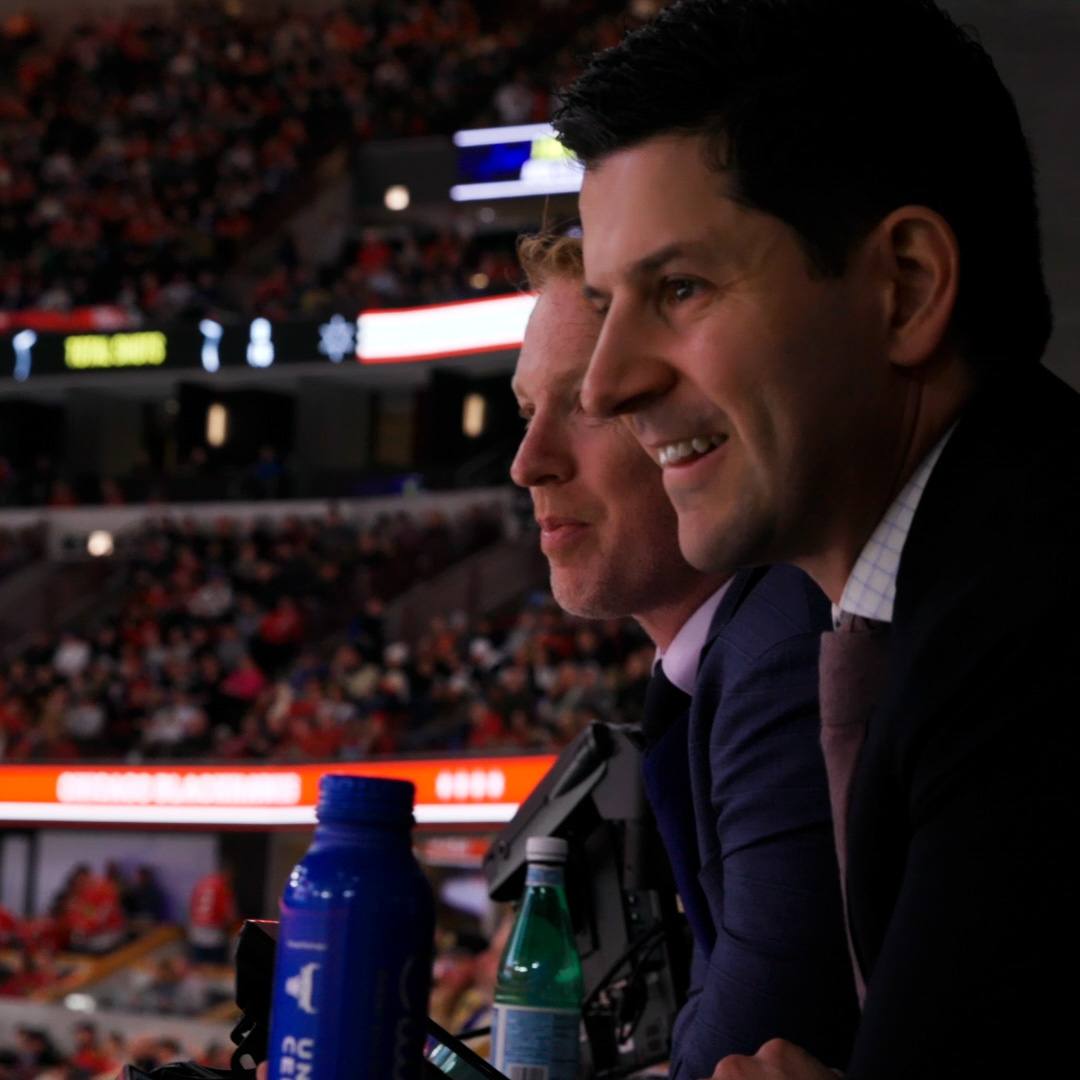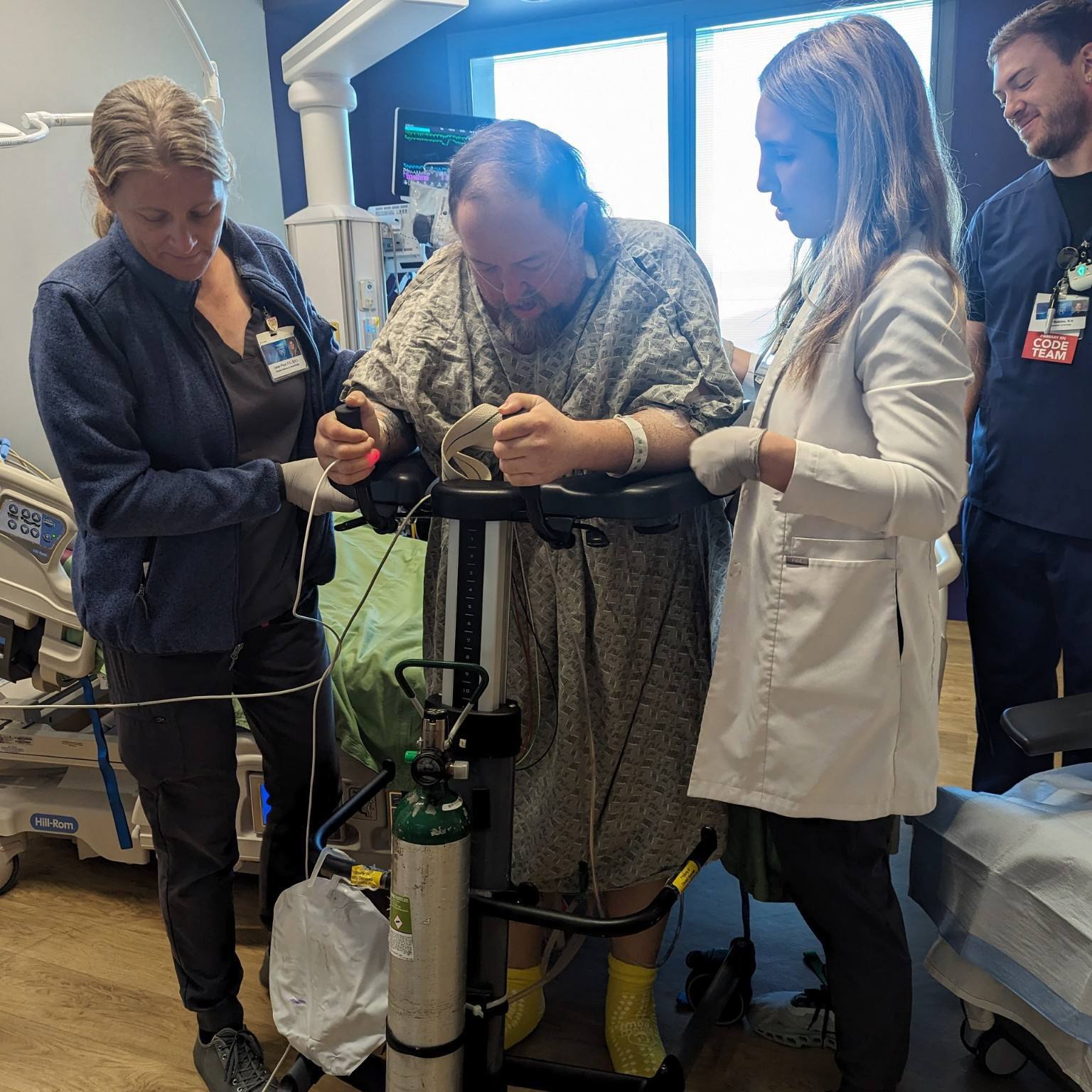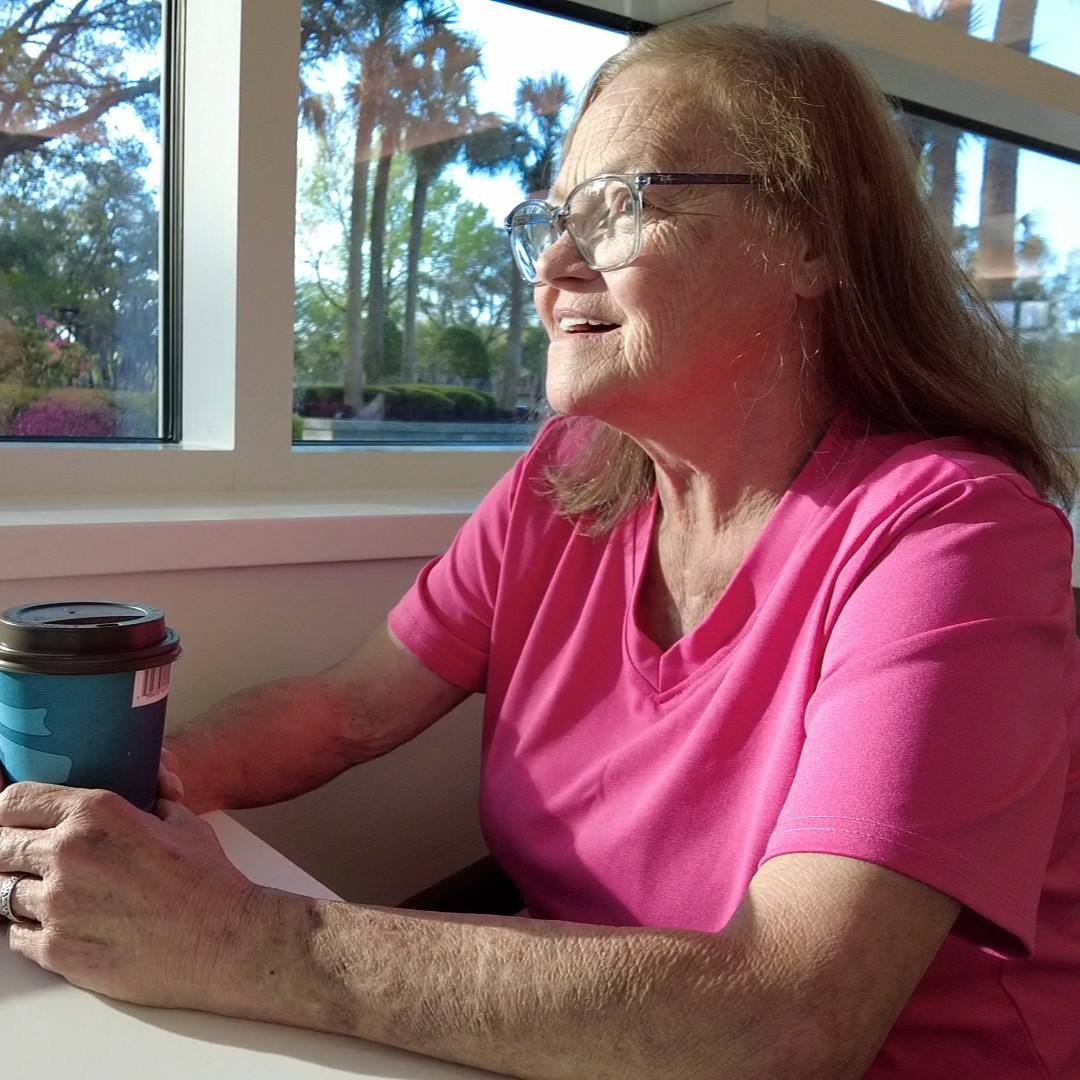 George Hoggard knows a thing or two about the importance of a rapid response. A former firefighter, the 78-year-old Titusville, Florida, resident spent the better part of his 42-year career teaching astronauts at the Kennedy Space Center how to escape to safety in the event of an emergency on the launch pad. He also was a member of the rescue team that would respond if something went wrong with a space shuttle mission.
George Hoggard knows a thing or two about the importance of a rapid response. A former firefighter, the 78-year-old Titusville, Florida, resident spent the better part of his 42-year career teaching astronauts at the Kennedy Space Center how to escape to safety in the event of an emergency on the launch pad. He also was a member of the rescue team that would respond if something went wrong with a space shuttle mission.
So when his right eye suddenly began looking left while watching TV on a Sunday evening in April 2016, George knew something was amiss. When he began feeling nauseated, he told his wife, Rita, he needed to get to the hospital.
As they prepared to make the 10-minute drive to Parrish Medical Center, a member of the Mayo Clinic Care Network, Rita asked George to lift up both arms.
“Although his face symmetry and smile were even, one of his arms started drifting down,” Rita says. She suspected he was having a stroke.
Collaborating for thorough care
As soon as the Hoggards arrived at the medical center, George was triaged for a brain attack, and members of the Parrish emergency team reached out to colleagues two-and-a-half hours north at Mayo Clinic’s Florida campus. Because of a shortage of neurologists in the country, Parrish opted to collaborate with Mayo Clinic. In 2010, it became the first hospital to join the telestroke initiative.
Via a remote presence robot, neurologists at Mayo Clinic’s Comprehensive Stroke Center in Jacksonville can remotely evaluate acute stroke patients, and assist with diagnosis and treatment, despite being more than 130 miles away. For many stroke patients, an intravenous clot-busting drug called tPA has been shown to be effective if administered to patients within three to four-and-a-half hours from the time symptoms begin.
“It was like something out of Star Wars. A robotic machine came to the foot of George’s bed, and there was the doctor asking questions. I was amazed at how quickly they could do a consult.”
- Rita Hoggard
“In addition to providing stroke expertise at a distance for patients in Brevard County who wouldn’t otherwise have access to a vascular neurologist, the value of the program is that patients are able to receive a quicker diagnosis and have the opportunity to receive treatment faster,” says Kevin Barrett, M.D., a vascular neurologist and co-director of Mayo Clinic’s Comprehensive Stroke Center. “The quicker a stroke patient is diagnosed and receives treatment, the better chance a patient has for a significant recovery after a stroke.”
Making an assessment from miles away
Dr. Barrett was on call the night George Hoggard arrived at the hospital. Through a two-way camera with zoom and tilt capability, Dr. Barrett was able to engage with the emergency team at Parrish in real-time and perform George’s neurological exam. The secure connection also enabled him to view the results of a brain CT. He could talk directly to George and Rita to clarify when George’s stroke symptoms started.
“It was like something out of Star Wars,” Rita recalls. “A robotic machine came to the foot of George’s bed, and there was the doctor asking questions. I was amazed at how quickly they could do a consult.”
“Having this technology, and the opportunity to see and hear the patient, as well as the care team, allows us to recommend the best course of treatment for each patient,” Dr. Barrett says. “In George’s case, we confirmed he was having an ischemic stroke and tPA was an option.”
George received an infusion of tPA with the goal of dissolving the clot and restoring blood flow to his brain. Unfortunately, George experienced a complication and was airlifted to Jacksonville, so the stroke team at Mayo Clinic could more effectively manage his care. He stayed in Jacksonville for two weeks, where the team treated him for high blood pressure and fluid build-up in his lungs. They also addressed speech, physical and occupational therapy concerns.
Enjoying life after a stroke
After his stroke, George initially had a problem with his balance. And although he could speak clearly and recognize letters, he couldn’t distinguish a word and read it. But today, thanks to the collaboration between his Parrish Medical Center and Mayo Clinic care teams, he’s steady on his feet, and his reading and cognition have improved.
“It’s an absolute blessing that they could learn so much so quickly through the telestroke robot,” Rita says.
George echoes her sentiments. “I benefited greatly by that technology being only a few blocks away at Parrish Medical Center. I feel great and, of course, so pleased that I’m going to enjoy a normal life after a stroke,” he says.
“Mayo Clinic is a world-class facility with the best technology and professional care. They know how to connect with the patient and truly cared about George’s well-being,” Rita adds.
“George is a great example of the value of the telemedicine initiative,” Dr. Barrett says. “He’s going to return to a good quality life thanks to prompt treatment. It is very satisfying to be able to reduce the overall impact of stroke for patients who live in an area where interventional care is not as readily available through these kinds of collaborative relationships.”
Learn more about the telestroke program – and George’s experience – in the video below.
HELPFUL LINKS
- Learn more about stroke.
- Learn more about the Mayo Clinic Care Network.
- Request an appointment.
Related Articles







